To celebrate the American Hiking Society's Take a Hike Day, we put together a post that will serve as a beginner’s guide to hiking, describing what hiking is, what you should do to prepare for a hike, what to bring with you and, lastly, hiking etiquette.
Many people’s hobbies include things like working out in a gym, playing group sports, travelling or just meeting up with friends. Unfortunately, with much of the world largely on lockdown to some degree or another at the moment, without the ability to go to the gym, head out to a nearby watering hole to meet friends, to hop on a plane or travel long distances in a car, we aren’t left with many options.
However, activities close to home in the open air are not only largely still allowed but are safe bets, in one sense or another. This is where hiking, or trekking as it is sometimes referred to, can come in. Hiking along a trail by the sea or in the woods near to home is a great alternative hobby that not only provides some physical exercise, but is also highly enjoyable and relaxing, which are things that many of us are in need of at the present moment.
What is hiking?
Before we get into some beginner tips it might be useful to define hiking for those that are not familiar with the subject. Hiking is a long, vigorous walk, usually on trails or footpaths in the countryside, along the sea, in the forest, basically, anywhere outdoors.
You may have heard the term trekking used interchangeably. Although they do imply largely the same activity, it is thought by some that trekking is more demanding. Some might think of it as more of an adventure, going off the trail, into the deep unknown, so to speak. Anyway, trekking also implies longer multi-day adventures.
Nevertheless, for the sake of brevity and less confusion, we’ll be using the term hiking in this guide, but remember that you can apply most if not all of what we are going to be discussing here to both activities. Without further ado, let’s get into the Peli beginner’s guide to hiking.
How to get Started Hiking
Step 1: Find yourself a hiking partner
Right, first thing’s first, find yourself a hiking partner. If you’re just getting into hiking, chances are you know someone or even have a close friend that is also into hiking or at the very least wants to give it a go, too. Those of you that have friends or acquaintances that are hikers, for the most part they will be happy to share their expertise with you, loan you gear and introduce you to their favourite trails.
Of course, there may be some of you that just don’t know anyone that hikes. If that’s the case, there are many hiking clubs that you can find online to join. You could use MeetUp or Internations to find great opportunities to do outdoor activities with others in Europe.
Alternatively, you could go it alone. Hiking on your own isn’t necessarily a bad thing. Some people enjoy their own company, and what better way to do that than enjoying a hike in the great outdoors. It’s a sense of freedom that is difficult to find elsewhere.
Having said that, we do recommend that you bring along a partner or two if you are just starting out or are unfamiliar with the area where you are going to hike. There is a bit of a risk if you’re going out on a hike alone, as any number of things can happen. If you get hurt on the trail or lose your way, having a partner with you can be very helpful if anything of that nature befalls you during the hike.
But, if it’s a risk you are willing to take, make sure to start out on short trips to well-travelled popular hiking spots and make sure that before you embark on your adventure that you let someone know when, where and for how long you plan to be gone.
Step 2: Find a hiking route
So, at this point, you’ll have to figure out where you are actually going to be doing this hike. This may seem fairly straight forward, but sometimes it’s easier said than done. Guidebooks and websites are a great place to start. Try to find ones that give you statistics and ratings that you can trust such as the trail difficulty, distance, elevation gain, directions, water sources, trail features, and if you have a dog that you’d like to bring along, whether or not they will be allowed.
Additionally, as we mentioned previously, word of mouth is simply a good way to find good hiking spots. Talking to friends or colleagues can give you great ideas. Most cities and towns have local community hiking organisations, tourist offices or even forestry departments that can also help you.
Once you know how to find your ideal hiking route, you’ll want to consider a few things before choosing.
- Time: How many hours or days or weeks do you have to do this hike? This is a pretty important thing to take into account and will largely determine where you can go. Don’t forget that you’ll want to take into account the amount of time that it takes to actually get to and from the trailhead.
- Fitness: What’s your level of fitness? You’ll want to be honest with yourself here and make sure that you’re in the right shape for the trail that you're looking to traverse. If you aren’t fit enough for a particular trail, you’re unlikely to have a great time and at the end of the day, you’re out there to enjoy yourself. Luckily, there are hikes for all skill and fitness levels, so don’t be dismayed if you’re just not up to it for now. Additionally, the more you hike, the more fit you’ll be for taking on some of the harder trails in the future.
- Distance: This is semi-related to the time consideration, but make sure to think about how far and for how long you are willing to hike. Some trails may be much longer than others. Some may be more arduous than others. Things like elevation, incline, or what you may be carrying on your back might determine how far you’re in the mood to or even physically able to hike.
- Elevation: Mentioned in the previous point, but elevation gain is one of the factors that will largely determine the difficulty of a trail. It’s hard to gauge just how much elevation gain you will be comfortable with if you’ve not much experience with hiking, but a little rule of thumb is that if a trail has an elevation gain of roughly 300 metres in one hour, this can be considered to be quite a steep climb. Additionally, when calculating the time, for every 300 metres of elevation gain, you can add about an hour to your trip.
- Logistics: Certain hikes are going to take a bit more planning than others. Some hikes start and end at the same point, for example. However, through-hiking, which is a hike that starts in one place and ends in another, will require some more logistical planning. If you drive to one place, you’ll have to get back to your car at some point, so make sure you’ve got your logistics sorted first.
- Season: This one may seem obvious, but the time of year is going to be pretty important to take into account. Some trails simply will not be accessible in late fall, winter or early spring as they will be blocked with snow. Also, as the days are shorter in the fall and winter, you’re not going to have as much daylight, and you don’t want to be caught out on the trail in the dark.
Although we would recommend you don’t get caught out in the dark, one piece of equipment you might consider taking with you is a headlamp or a torch. Headlamps are great as they are torches that can be affixed to the head via a strap, leaving your hands free to hold on to your hiking or trekking poles or to light up the map on your hands as you plot your next move. If you don’t already have one, you are in luck, as Peli produces a wide range of headlamps that are perfect for hiking in case you do indeed get caught out in the dark or are simply hiking on a dark forest trail.
To learn more about Peli Headlamps, download our Peli lights guide for FREE by clicking on the button below.
Step 3: Choosing hiking gear
Speaking of essential items to take with you on your hike, we should probably delve a bit into that subject now. There are any number of things you’ll want to take with you, but there are some that you might consider essentials or things you should prioritize.
This will include, navigation such as a compass and map, sun protection such as hats and sun lotion, insulating clothing, illumination, which we’ve just touched on, first aid equipment, a way to start a fire, nutrition, hydration and potentially shelter, depending on how long you plan to be out.
For more detail, we encourage you to have a look at our guide to essential items to bring with you on outdoor backpacking and camping adventures. Having said that, let’s go over a few essential items that you’ll need for hiking.
Bringing small yet essential personal items
As far as small personal items go, you’ll need to keep your wallet, identification, permit (in some places you need a permit to hike), maps, compasses, phones, first aid gear and whatever else you’ll need in a safe and dry place. The best way to do this is through Peli Ruck Cases, the ultimate personal utility cases. They’re crushproof, dustproof, watertight and adventure proof. These ultimate personal utility cases are an innovative and strategic storage solution designed by Peli's engineering team to help the user protect their small personal items from external elements with total peace-of-mind while on outdoor trips, working in extreme conditions or simply under poor weather conditions.
Download the FREE guide to ruck cases by clicking on the button below.
Step 4: Choose Hiking Footwear
Hiking requires a lot of time on your feet, thus you’re probably not surprised to know that proper footwear is quite possibly the most important item to choose. The type of trail you’ll be walking on may determine what kind of footwear you’ll need. Some hikers prefer supportive high-top over-the-ankle boots, while others will prefer lighter-weight trail-running shoes.
The type of terrain is really what you’ll want to consider here. If the trail is rougher, larger boots may be your best bet, while if you are going on a fairly popular well-maintained trail, perhaps a lightweight option is better. But it all comes down to preference.
Whatever you choose, just keep in mind that this is one of those items you do not want to skimp on. Purchase yourself some high-quality footwear. You and your feet will thank us later.
Step 5: Choose Proper Clothing to Wear Hiking
Clothing that is made of quick-drying materials that wick away moisture is the best choice here. That’s why you’ll want to make sure that whatever it is that you choose, you go with something made of a synthetic material such as polyester or even wool. Cotton isn’t ideal if it gets wet, whether that be due to inclement weather or perspiration, as it takes much longer to dry.
Depending on the weather, you’ll want to layer your clothing. The first layer is called a base layer. Again, this should be a layer that will go right on top of your skin and should be made of polyester or wool. This will be most important in colder weather.
Next, you have hiking layers which will be your pants, made of nylon or polyester as well as a t-shirt and a hat in case it is sunny. Next is the outer layer, such as a jacket. Depending on the weather this will be more or less important. Make sure to choose a well-insulated jacket or even vest. A warm hat such as a knit cap and gloves may also be prudent, again, depending on the weather. Lastly, it’s important to consider taking a waterproof jacket in case it gets rainy. You may also consider rain pants as well.
Step 6: Choose a backpack for hiking
You’ll need something to carry your Ruck Case as well as your larger essential items, so a backpack is usually a best bet. Whatever backpack you acquire should have a few essential features. First of all, it should be made with water-resistant material. Things can get wet out there, so keeping your personal items high and dry is important. Lockable zippers are also important, to make sure no one can get in there and take your stuff. Also padded shoulder straps and a hip belt will be indispensable to make sure you’re comfortable while you’re on the go. Check this post out by Nomadic Matt for a few more tips on choosing a backpack.
Step 7: Don’t Forget Nutrition and Hydration
Don’t forget to bring yourself along some food and water. This one can be a bit hard to gauge exactly how much you’ll need, so don’t be too stingy. A good rule of thumb here is to estimate how long you plan to be on your hike, which you should have done before you left on your trip as mentioned previously, and look to bring enough food to allow you to consume 200-300 calories per hour.
In terms of water, a good place to start is to bring a half-litre per hour of activity. However, make sure that you are taking temperature into account. If it’s going to be hot, you may want to opt to bring a bit more.
In fact, after you've done your calculations, it might be better to just take a little extra food and water on top of that. And after doing a few hikes, you’ll know more about how much is necessary for you.
Pro-tip, to lighten the load, there are ways to obtain drinking water out in the wild; however, having said that, you’ll need to make sure to purify the water before drinking it. Don’t just take water out of a stream and assume it’s safe to drink. There are a number of ways to purify water, but we recommend purification tablets or drops with iodine or chlorine, which will remove harmful organisms in your drinking water.
Trail and Hiking Etiquette
Leave No Trace
The most important etiquette tip to remember is to, as the saying goes, ‘leave no trace’. While most people don’t intend to harm their natural surroundings, sometimes we may not know we’ve done something wrong. There are seven principles to the Leave No Trace protocol.
- Plan ahead and prepare
- Travel and camp on durable surfaces
- Dispose of waste properly
- Leave what you find
- Minimise campfire impacts
- Respect wildlife
- Be considerate of others
If you remember the above, you’ll probably do just fine as far as the Leave No Trace etiquette goes.
Right of Way
The right of way is something you may have to be mindful of depending on the narrowness of the trail you’re on.
For hikers versus hikers, those going uphill have the right of way. Although they may let you pass as they take a moment to catch their breath, the choice is entirely up to the uphill hiker.
As far as hikers versus bikers goes, mountain bikers are generally speaking expected to yield the right of way to the hiker. Nevertheless, since it is easier for hikers to stop and move than it may be for a biker, it may be better as a hiker to just give the biker the chance to pass.
Lastly, hikers versus horses. Although to some of us city folk, the idea that someone might be on horseback is sort of mindboggling in the year 2020, but there are some people that still do it and they take their horses out on the trail, if permitted on that particular trail. In this case, you don’t want to get too close to a horse. It won’t end well for you if you try to take one on. So, let the horse pass.
Relieving Yourself
This is one aspect of hiking that some newbies are quite interested to know, but its fairly simple. Just make sure that when you do it, you do it 60 metres or so from any water source. This is to make sure you do not contaminate the ground water which may then seep into a nearby water source. And remember that just because you are out on the trail does not mean that you do not have to practice proper hygiene. Bring some hand sanitiser with you and some hygienic paper and dispose of it properly.
So that’s about it for Peli’s guide to hiking. Hopefully this will help you to go on your first hike. We encourage you to visit the REI Co-op for more information on hiking, as they are a wonderful source for this kind of information related to hiking and outdoor recreation.
Additionally, for outdoor equipment such as headlamps, torches or watertight cases, check out Peli.com for more info.


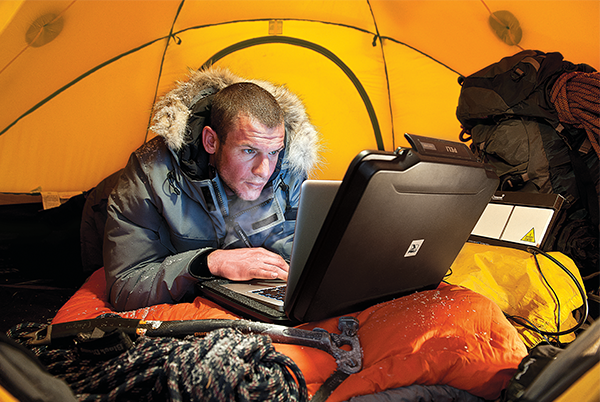


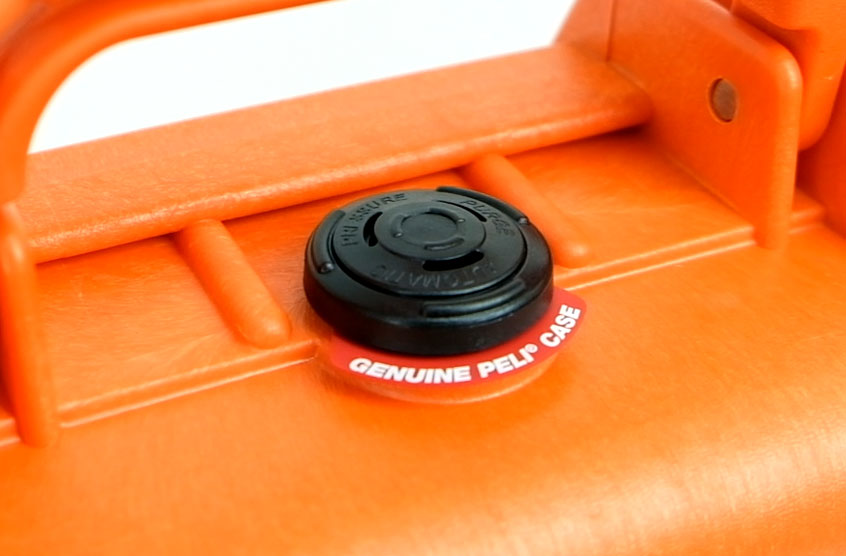
.png)





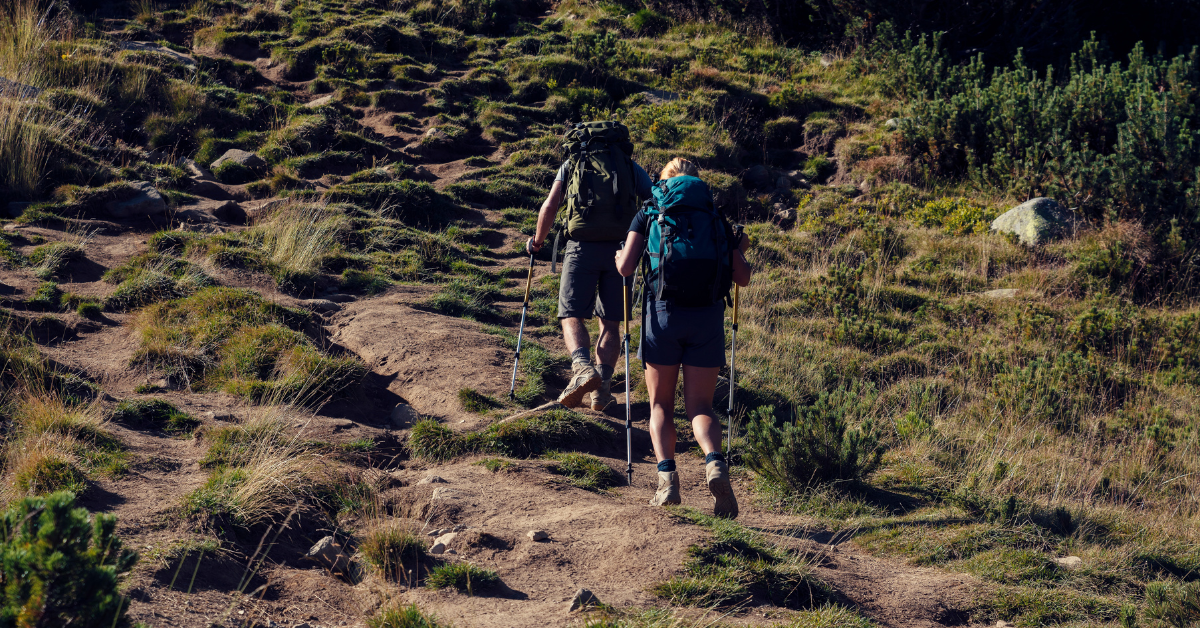
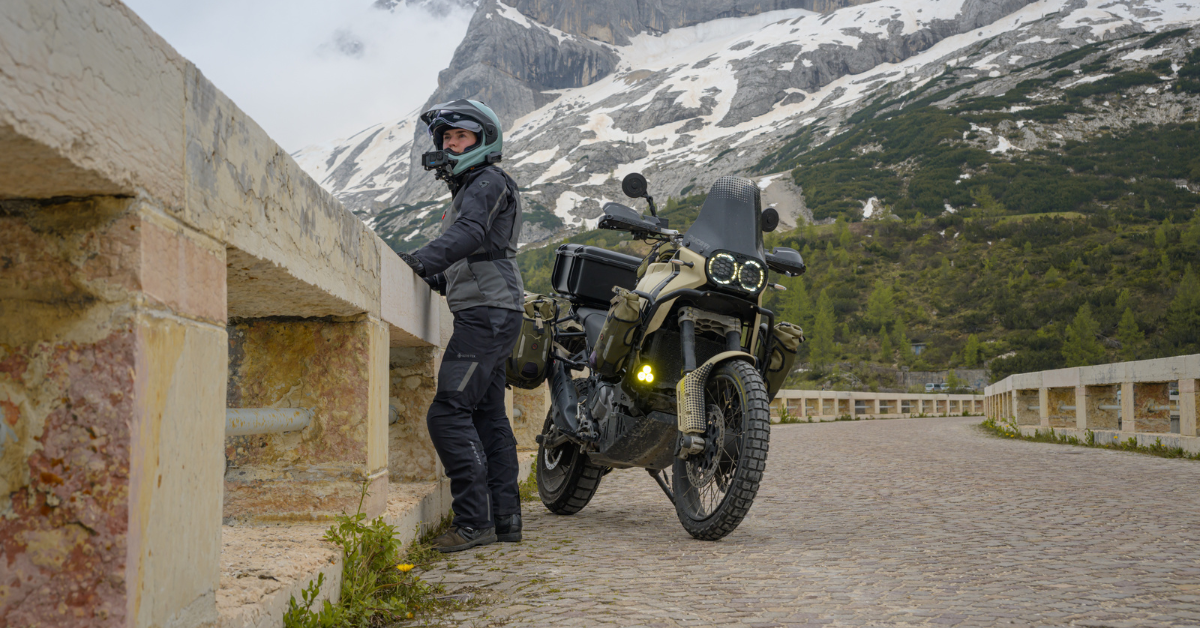
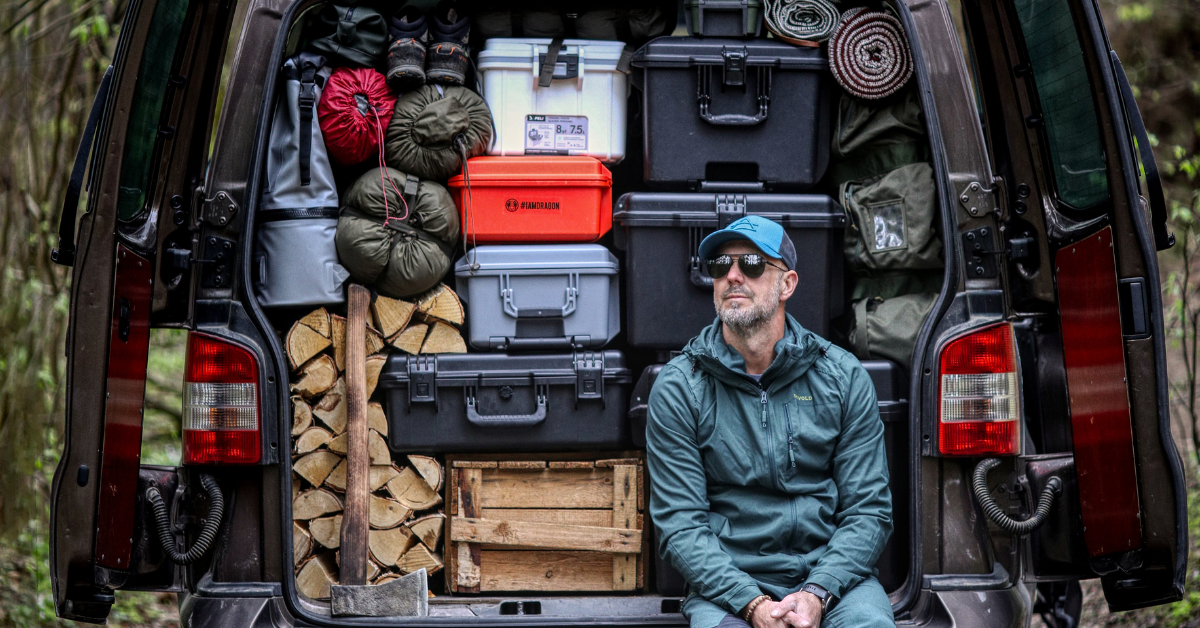
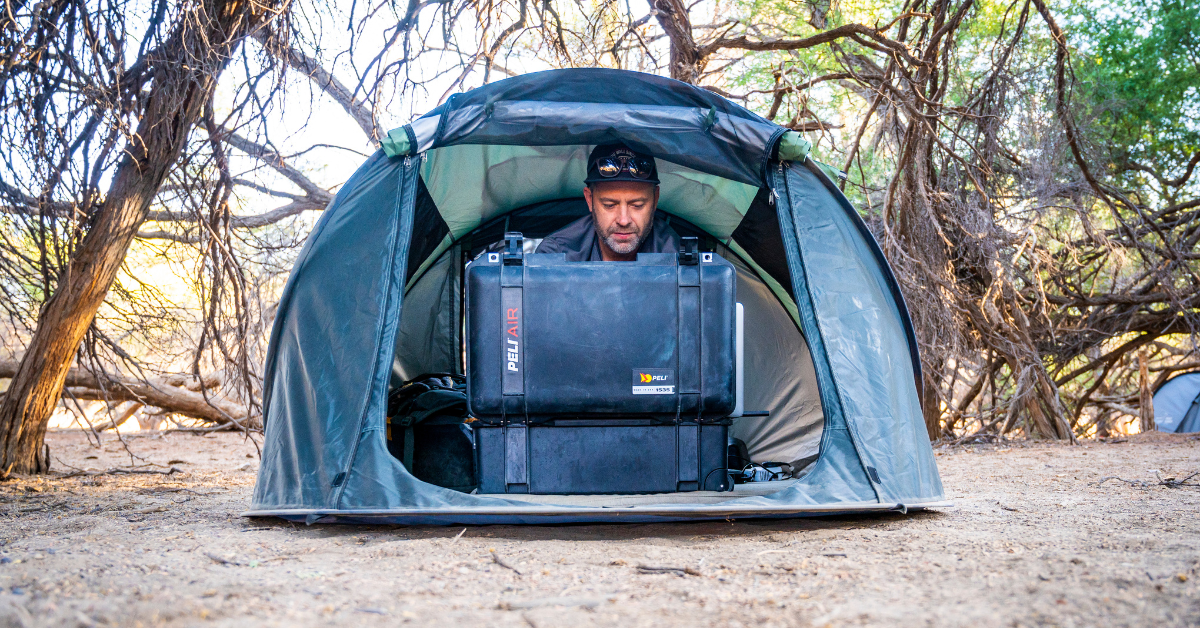
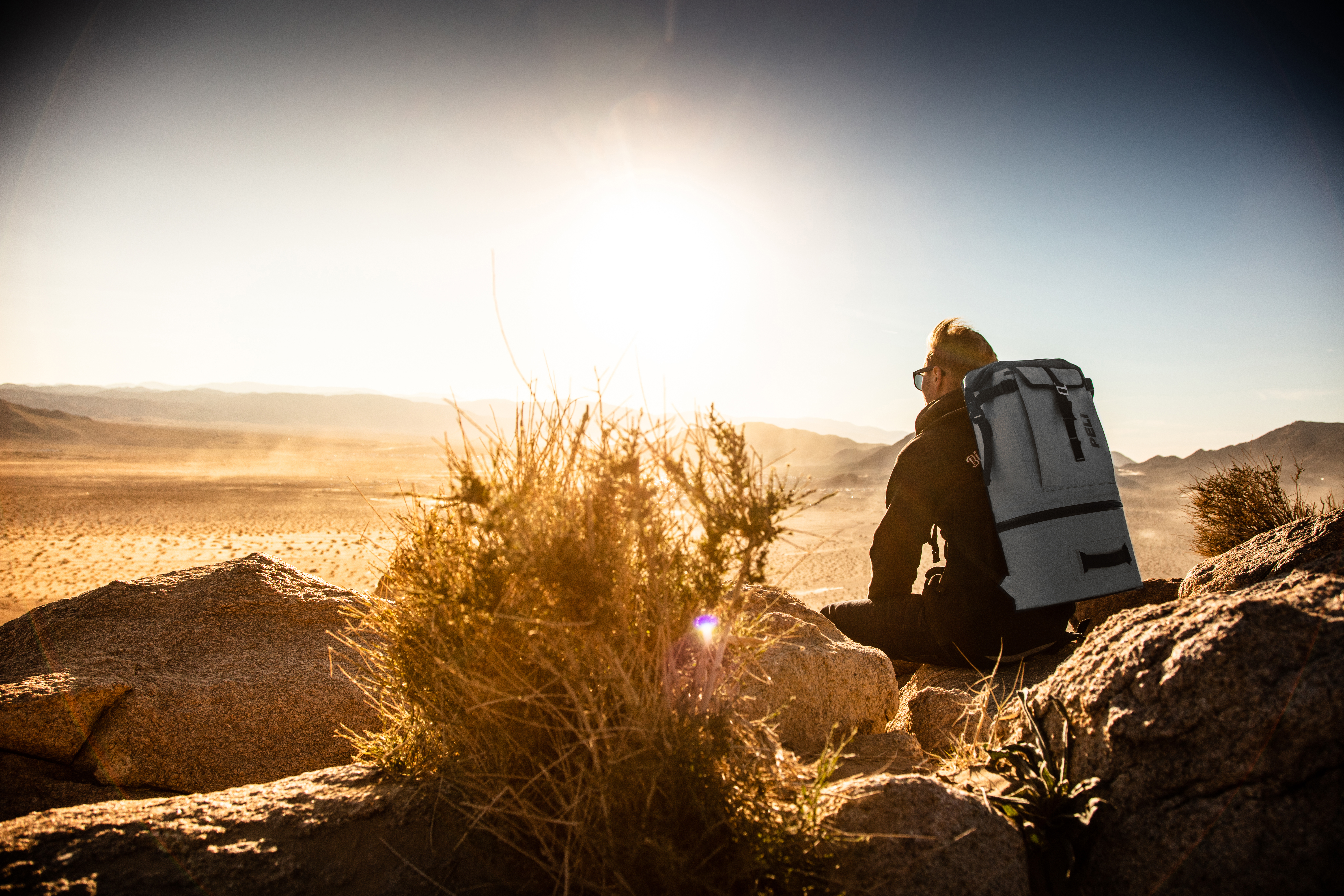
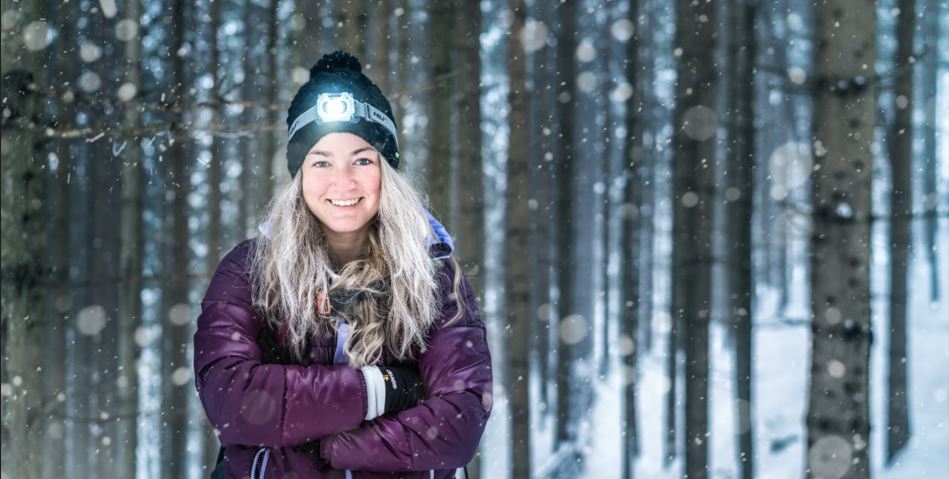
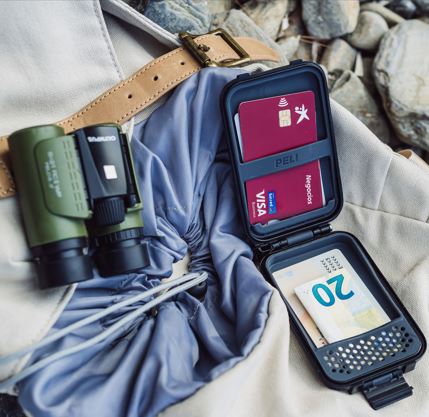

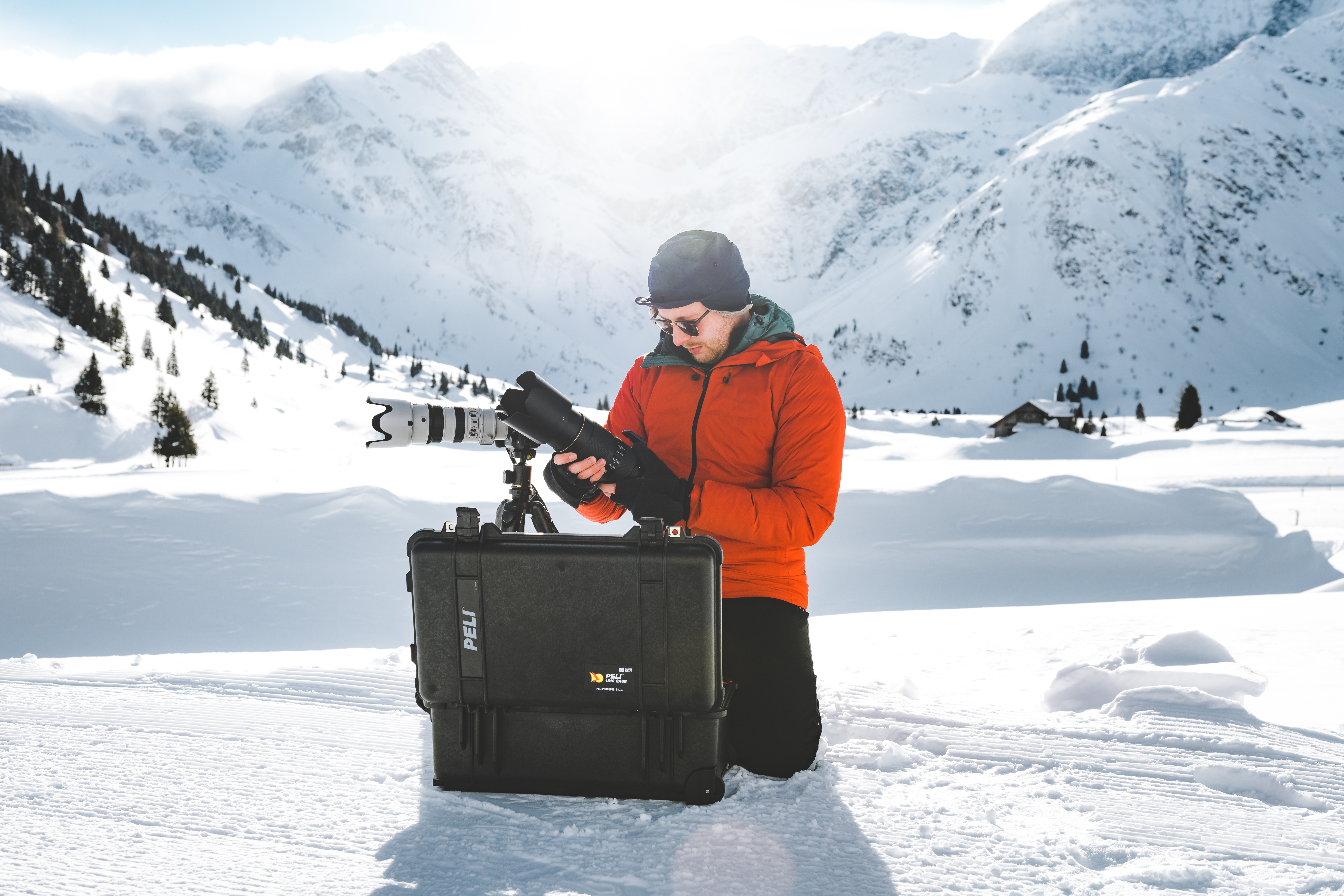
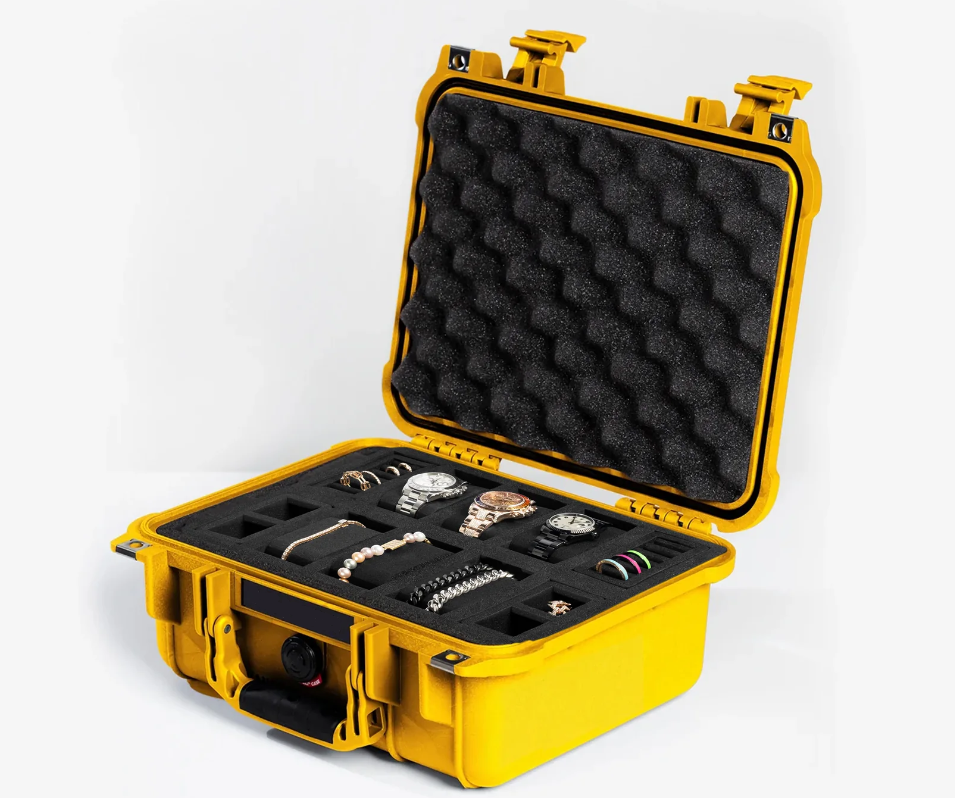
Post a comment